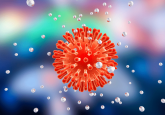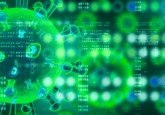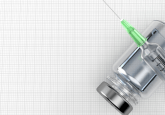A peek behind the paper: Suranga Senanayake on a potential avenue for COVID-19 therapeutic discovery
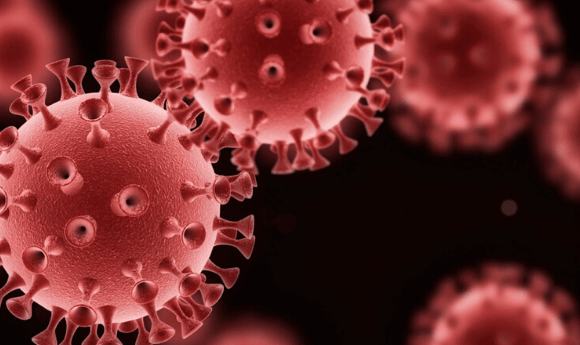
Explore the thinking, motivations and rational behind a recent paper published in our sister journal Future Drug Discovery entitled, “Overcoming nonstructural protein 15- nidoviral uridylate-specific endoribonuclease (nsp15/NendoU) activity of SARS-CoV-2” in this Peek behind the paper interview.
 Suranga Senanayake is a faculty member of the Graduate Entry Medical School, University of Limerick (UL; Republic of Ireland). Currently, he serves as the Clinical Tutor/Simulation Co-ordinator in Medicine & Surgery based at the UL-affiliated Midlands Regional Hospital Tullamore. This new role designs and manages aspects of the clinical training of medical students in their penultimate years, particularly focusing on the use of novel simulation technology. Additionally, Suranga maintains a parallel research interest in precision cancer diagnosis and therapy utilizing concepts from tumor virology.
Suranga Senanayake is a faculty member of the Graduate Entry Medical School, University of Limerick (UL; Republic of Ireland). Currently, he serves as the Clinical Tutor/Simulation Co-ordinator in Medicine & Surgery based at the UL-affiliated Midlands Regional Hospital Tullamore. This new role designs and manages aspects of the clinical training of medical students in their penultimate years, particularly focusing on the use of novel simulation technology. Additionally, Suranga maintains a parallel research interest in precision cancer diagnosis and therapy utilizing concepts from tumor virology.
Please can you tell us about your paper?
Most would agree now that COVID-19 has become the gravest global public health crisis in over a century. We, among many others, have suggested that combination antiviral therapy with repurposed broad-spectrum antiviral agents (BSAAs) holds a highly promising immediate treatment strategy. This is particularly true given the uncertainties of vaccine efficacy and developmental timeline. In this paper, we have attempted to elaborate on the previous proposal for using BSAA combination therapy for COVID-19.
We describe a novel hypothetical approach: combining readily available BSAAs such as nucleoside analogs with potential inhibitors of coronavirus (CoV) endonucleases (NendoU), for example, nsp15 RNA substrate mimetics. Such an approach may constitute a ‘double-hit’ whereby two CoV-unique protein elements of the replicase–transcriptase complex are inhibited simultaneously, which may be an Achilles’ heel of the virus that could precipitate lethal mutagenesis in a coronavirus. While the idea is conceptual, we believe it’s grounded on convincing evidence from the known molecular pharmacology of similar coronaviruses that caused epidemics at the beginning of the 20th century. Our focus in this special report is a proposal to the broader drug discovery community for further investigation, i.e. utilizing clinically approved and repurposed BSAAs as backbone antivirals concurrently with structurally optimized RNA substrate mimetics as experimental nsp15/NendoU inhibitors. As the strategy is hypothesis-generating at present, we stress that empiric testing in vitro is necessary to evaluate inhibition of this endonuclease to validate the ‘double-hit hypothesis’.
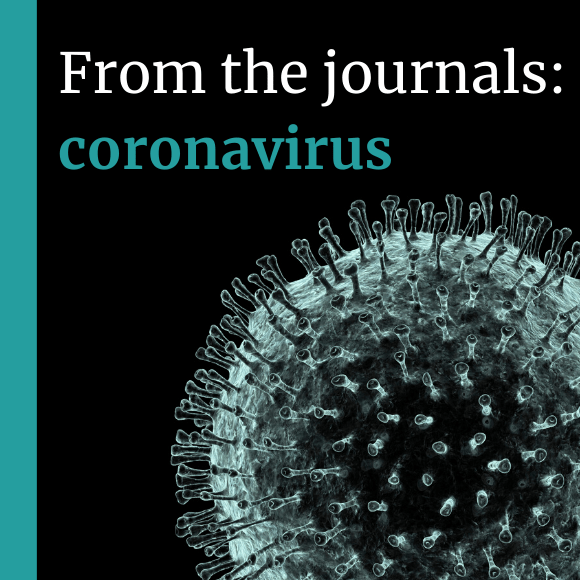 From the journals: coronavirus
From the journals: coronavirus
Many publishers have made their coronavirus-related publications free to read online, including ours, Future Science Group. Find out more of our COVID-related publications in this summary.
What are some of the key themes discussed in your special report?
In the article, we frame rationale for the double hit vis-à-vis the success of highly active antiretroviral (HAART) therapy from the HIV/AIDS era. We look at why nsp15/NendoU should be considered an Achilles’ heel-type weaknesses specific & unique to the Nidovirales order, which includes pandemic coronaviruses such as MERS-CoV, SARS-CoV-1 and SARS-CoV-2. Subsequently, evidence from the reported literature for RNA substrate mimetics as decoy inhibitory ligands of nsp15/NendoU is presented with a perspective on combining them with backbone antivirals to counteract viral evasion of host innate immune response. Finally, we also emphasize the importance of preclinical testing of the hypothesis for validation and touch on potential translational challenges.
What inspired you to write this paper and to look into nsp15/NendoU as a potential therapeutic target?
My primary focus as an aspiring Clinician Scientist has always been Precision Oncology. However, the far-reaching global impact of the ongoing COVID-19 crisis compelled me to ‘academically repurpose myself’ and take a fresh look as an outside observer. Borrowing some overlapping concepts from ‘targeted cancer therapy’, this led to my previous Future Drug Discovery editorial on ‘Drug repurposing strategies for COVID-19’. The current piece is essentially a follow-up to that editorial, outlining an experimental strategy for combination antiviral therapy which deserves to be further investigated. Some of the primary work over a decade ago following the SARS and MERS outbreaks (cited in the article supporting the proposed concept) also inspired me, as they need to be brought back into focus in light of the current crisis.
What impact do you foresee this paper having on COVID-19 research?
We believe this insight adds a new layer to a rapidly expanding armamentarium of therapeutic strategies against COVID-19. As such, Nsp15/NendoU RNA substrate mimetics described in previous studies deserve to be revisited, perhaps in combination with nucleoside analogs. Given the time-critical nature of discovering new treatments for the COVID-19 pandemic, this novel strategy could prove to be another effective option if it can be validated by the scientific community.
We hope this proposal will inspire laboratories and groups with the capabilities to test the merits of the double-hit hypothesis with structurally optimized Nsp15/NendoU RNA substrate mimetics.

